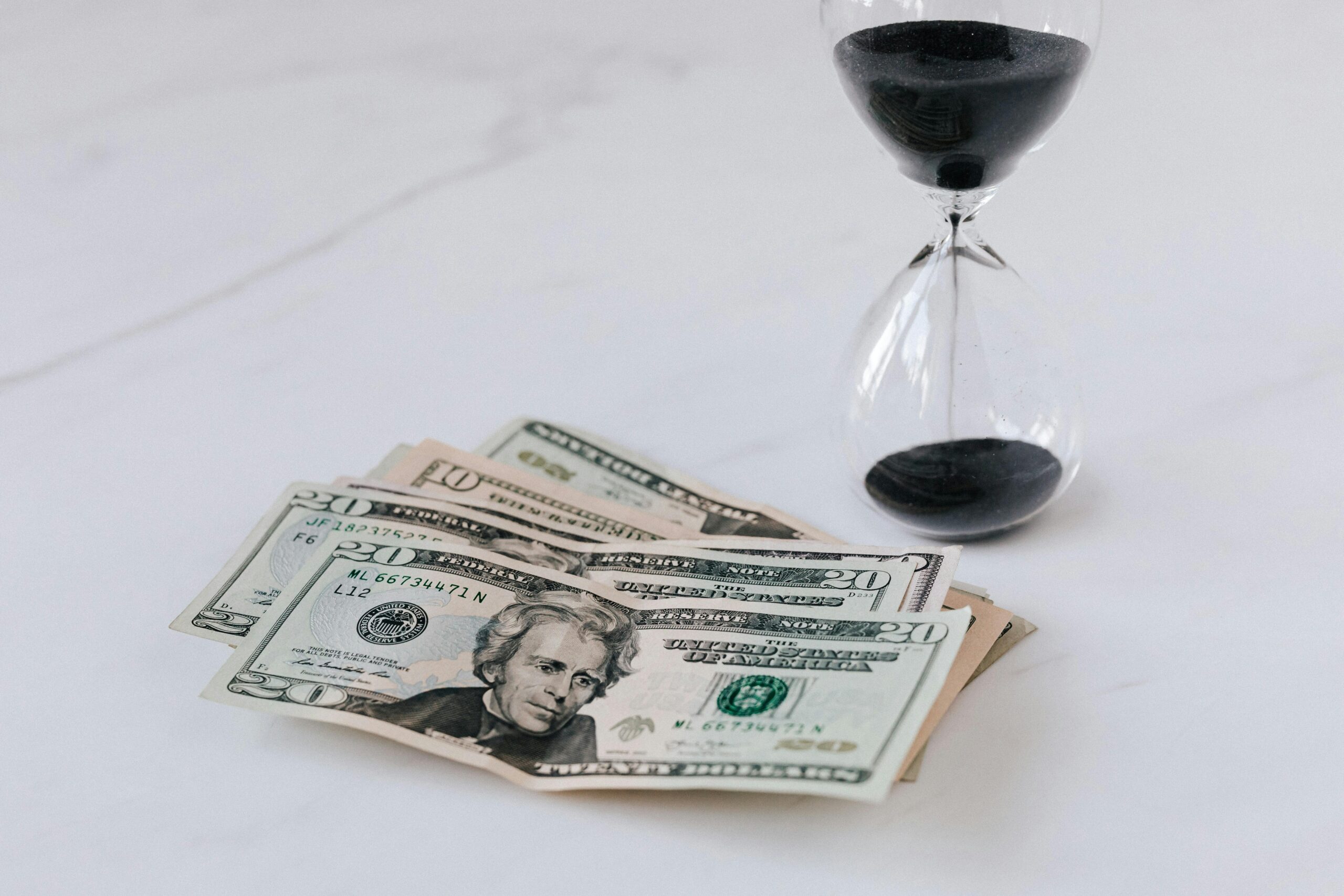Status quo bias silently shapes economic decisions every day, causing individuals and organizations to resist change even when better alternatives exist.
This psychological tendency keeps us anchored to familiar patterns, preventing optimal choices in personal finance, business strategy, and policy-making. Understanding how this cognitive bias operates in economic contexts reveals why rational actors often make seemingly irrational decisions, and more importantly, how to overcome these mental barriers for improved outcomes.
🧠 Understanding the Psychology Behind Economic Inertia
Status quo bias represents our innate preference for the current state of affairs. In economics, this manifests as a resistance to changing investment strategies, switching service providers, or adopting new business models, even when logical analysis suggests these changes would be beneficial. The phenomenon extends beyond simple laziness or ignorance—it reflects deep-seated cognitive processes that evolved to protect us from uncertainty.
Research by behavioral economists Daniel Kahneman and Amos Tversky demonstrated that people weigh potential losses more heavily than equivalent gains. This loss aversion creates a powerful force maintaining the status quo. When contemplating change, we naturally focus on what might be lost rather than what could be gained, creating an asymmetric decision-making framework that favors inaction.
The endowment effect further reinforces this bias. Once we possess something—whether a stock portfolio, business process, or policy framework—we assign it greater value than we would if we didn’t own it. This psychological ownership makes alternatives appear less attractive, regardless of their objective merit.
The Cost of Comfortable Complacency
Economic history provides countless examples of status quo bias producing suboptimal outcomes. Companies that failed to adapt to digital transformation, investors who held losing positions too long, and consumers who overpaid for services due to switching inertia all demonstrate the tangible costs of this bias.
Consider the telecommunications industry, where customer retention studies reveal that millions of consumers continue paying premium rates for outdated plans rather than switching to more cost-effective options. The potential savings often exceed hundreds of dollars annually, yet status quo bias keeps them locked in place. This phenomenon represents billions in collective economic inefficiency across markets.
💼 Status Quo Bias in Corporate Decision-Making
Organizations particularly struggle with status quo bias because institutional structures often reinforce it. Established procedures, legacy systems, and organizational culture create multiple layers of resistance to change. Middle managers face career risks when proposing departures from proven methods, even when market conditions have fundamentally shifted.
The famous case of Blockbuster’s rejection of Netflix’s acquisition offer illustrates corporate status quo bias at its most destructive. Blockbuster executives couldn’t envision abandoning their profitable retail model, despite emerging evidence of changing consumer preferences. This adherence to the familiar ultimately led to bankruptcy while Netflix revolutionized the industry.
Breaking Institutional Inertia
Forward-thinking organizations implement systematic approaches to counteract status quo bias. These include:
- Regular zero-based reviews of all processes and investments, forcing explicit justification rather than automatic renewal
- Appointing internal challengers or “devil’s advocates” whose role involves questioning established practices
- Creating psychological safety for employees to propose unconventional ideas without career risk
- Implementing pilot programs that allow low-risk experimentation with alternatives
- Establishing sunset clauses for policies and procedures, requiring active decisions to continue rather than passive acceptance
Amazon’s leadership principle of “disagree and commit” exemplifies cultural mechanisms designed to overcome status quo bias. By encouraging debate while maintaining decisiveness, the company balances critical evaluation with action, preventing paralysis while avoiding blind adherence to precedent.
📊 Personal Finance and the Status Quo Trap
Individual investors frequently fall victim to status quo bias, maintaining asset allocations that no longer align with their goals or risk tolerance. Research shows that most people rarely rebalance portfolios or reconsider their investment strategy, essentially defaulting to whatever allocation they started with, regardless of changing circumstances.
This inertia proves particularly costly during market transitions. Investors who remained heavily weighted in technology stocks after the dot-com bubble, or those who maintained excessive cash positions during the recovery from the 2008 financial crisis, sacrificed significant returns due to status quo bias.
Automating Better Financial Decisions
Technology offers powerful tools to overcome personal finance status quo bias. Robo-advisors automatically rebalance portfolios, removing the psychological barriers that prevent individuals from making necessary adjustments. These platforms use algorithms to implement optimal strategies without the emotional resistance that affects human decision-making.
Budget tracking applications similarly counteract bias by making spending patterns visible and suggesting alternatives. When consumers see objective data about their financial habits, status quo bias loses some of its power. Apps that automate switching to better credit cards, insurance policies, or subscription services remove friction from economically beneficial changes.
🏛️ Policy Implications and Government Economics
Public policy suffers profoundly from status quo bias. Political systems inherently favor continuity, with existing constituencies defending current programs regardless of effectiveness. Tax codes become increasingly complex as new provisions accumulate but old ones rarely disappear. Regulatory frameworks persist long after the problems they addressed have evolved or vanished.
Entitlement programs demonstrate this challenge most clearly. Even inefficient transfer programs develop stakeholder groups that resist reform, making policy optimization extraordinarily difficult. Politicians face electoral risks when proposing changes, creating a structural bias toward maintaining existing arrangements.
Designing Better Policy Frameworks
Progressive policymakers employ several strategies to overcome institutional status quo bias:
- Building sunset provisions into legislation, requiring affirmative renewal rather than automatic continuation
- Establishing independent review commissions that evaluate programs without political pressure
- Creating default options that channel behavior toward optimal outcomes while preserving choice
- Implementing gradual transitions that reduce the psychological impact of change
- Using randomized controlled trials to generate objective evidence about policy effectiveness
The concept of “nudging” developed by Richard Thaler leverages status quo bias positively by making beneficial choices the default option. Automatic enrollment in retirement savings plans dramatically increases participation precisely because it harnesses rather than fights our preference for inaction.
⚖️ Market Competition and Consumer Switching Costs
Status quo bias creates significant market inefficiencies by reducing competition. When consumers resist switching providers, incumbent firms face reduced pressure to improve quality or lower prices. This dynamic affects industries from banking to telecommunications to healthcare insurance.
Switching costs amplify status quo bias effects. Even small hassles—paperwork requirements, learning curves, or temporary disruptions—combine with psychological bias to create powerful barriers to market competition. Rational actors should switch providers whenever benefits exceed costs, but status quo bias dramatically raises the perceived cost threshold.
Regulatory Approaches to Enhance Competition
Competition authorities increasingly recognize status quo bias as a market failure requiring intervention. Policies designed to reduce switching costs include:
| Policy Approach | Implementation | Expected Outcome |
|---|---|---|
| Number Portability | Allow customers to keep phone numbers when changing carriers | Reduced switching friction increases competition |
| Data Portability | Require companies to provide user data in transferable formats | Lower barriers to switching digital platforms |
| Opt-out Defaults | Automatic renewal requires active confirmation | Forces periodic reconsideration of choices |
| Standardized Comparison | Mandate comparable disclosure formats | Reduces cognitive effort of evaluating alternatives |
These interventions acknowledge that perfect rationality assumptions underlying traditional economic models fail to account for systematic psychological biases affecting real-world decision-making.
🔬 Experimental Economics and Measuring Bias
Behavioral economists have developed sophisticated experimental methods to quantify status quo bias. Laboratory studies consistently demonstrate that randomly assigned “ownership” of options creates measurable preference shifts, even when subjects understand the arbitrary nature of the assignment.
Field experiments provide even more compelling evidence. Studies examining actual consumer behavior reveal that status quo bias persists even when switching costs are eliminated and financial incentives favor change. One telecommunications experiment found that only 10% of customers switched to objectively superior plans even when the company actively promoted the change at zero cost.
Magnitude and Economic Impact
Researchers estimate that status quo bias creates substantial welfare losses across economic domains. Consumer inertia in insurance markets alone may cost billions annually in foregone savings. Investment portfolio suboptimization produces drag on returns that compounds over time, potentially reducing retirement savings by significant percentages.
These quantified impacts justify both individual efforts to recognize and counteract the bias and policy interventions to mitigate its market-level effects. Understanding the magnitude helps frame cost-benefit analyses of bias-reduction strategies.
🚀 Practical Strategies for Better Economic Decisions
Overcoming status quo bias requires conscious effort and systematic approaches. Awareness alone proves insufficient—the bias operates at subconscious levels that resist pure rationality. Effective strategies incorporate behavioral insights to work with rather than against human psychology.
Individual Decision-Making Techniques
For personal economic decisions, several approaches prove effective:
- Schedule regular review dates for major financial commitments, treating the decision as open rather than settled
- Frame choices as active decisions rather than automatic renewals, forcing explicit consideration
- Use external accountability through advisors or decision-making partners who challenge assumptions
- Conduct pre-mortem analyses imagining future regret about failing to change
- Set specific criteria in advance that would trigger reconsideration, removing emotion from the process
- Employ trial periods for alternatives to reduce commitment anxiety
The key involves creating decision architectures that counteract natural bias toward inaction. By establishing processes that make maintenance of the status quo require active effort, we reverse the psychological default.
Organizational Implementation
Companies serious about overcoming status quo bias embed countermeasures into their operational DNA. Amazon’s “Day One” philosophy explicitly guards against complacency by treating every day as if the company just started. This mindset prevents the accumulated organizational inertia that typically accompanies success.
Regular strategic reviews using zero-based thinking—asking whether you would choose current approaches if starting fresh—help organizations escape local optima. When combined with diverse perspectives and genuine psychological safety for dissent, these practices substantially reduce status quo bias effects.
🌐 Global Perspectives on Economic Change Resistance
Status quo bias manifests differently across cultures, shaped by varying attitudes toward risk, tradition, and innovation. Societies with high uncertainty avoidance scores on cultural dimensions tend to exhibit stronger status quo preferences, affecting everything from adoption of new technologies to entrepreneurship rates.
Economic development itself can be understood partly through the lens of status quo bias. Developing economies that successfully modernize typically establish institutions and cultural practices that reduce resistance to change, while those that stagnate often show stronger adherence to traditional economic structures even when alternatives promise improvement.
International trade negotiations frequently encounter status quo bias as countries defend existing arrangements despite potential gains from new agreements. The political economy of trade policy reveals how concentrated benefits of current systems create powerful defensive coalitions, while diffuse benefits of alternatives struggle to mobilize support.
🎯 Creating Your Personal Action Plan
Moving from understanding to action requires concrete commitment. Begin by identifying areas where status quo bias likely affects your economic decisions. Financial accounts you haven’t reviewed in years, subscriptions you maintain without using, investment allocations you’ve never reconsidered—these represent prime opportunities for improvement.
Create a systematic review schedule. Monthly reviews for variable expenses, quarterly assessments of subscriptions and services, annual evaluations of major financial commitments, and five-year strategic reviews of career and investment strategies provide structure that overcomes inertia.
Build accountability mechanisms. Share goals with friends or advisors who can question your assumptions. Join communities focused on financial optimization where status quo bias becomes visible through peer comparison. Consider working with professionals whose compensation aligns with your success rather than maintenance of current arrangements.
Measure results. Track savings from switches, quantify returns from portfolio adjustments, document time saved from process improvements. Concrete evidence of benefits from overcoming status quo bias reinforces the behavior and makes future changes psychologically easier.

💡 The Competitive Advantage of Adaptability
In rapidly changing economic environments, the ability to overcome status quo bias represents a significant competitive advantage. Individuals who regularly reassess and optimize their financial decisions accumulate benefits that compound over time. Organizations that institutionalize challenge to established practices adapt more successfully to market disruptions.
The acceleration of technological change increases the cost of status quo bias. When business models, skill requirements, and market structures evolve rapidly, adherence to outdated approaches becomes increasingly expensive. The premium on adaptability rises as environmental stability declines.
Economic winners in coming decades will likely be those who develop systematic capabilities for overcoming status quo bias—not through reckless change for its own sake, but through disciplined evaluation and evidence-based adjustment. The psychological skills of productive dissatisfaction with current arrangements, combined with practical frameworks for implementing improvements, define the adaptive capacity that drives sustainable success.
Understanding status quo bias transforms it from an invisible force shaping our decisions into a recognized challenge we can actively address. By implementing the strategies outlined here, both individuals and organizations can break through the inertia that limits economic potential, making better decisions that align with actual goals rather than simply perpetuating familiar patterns. The path to better outcomes begins with recognizing that our default preference for the status quo, while deeply human, need not determine our economic future. 🌟
Toni Santos is a behavioural economics researcher and decision-science writer exploring how cognitive bias, emotion and data converge to shape our choices and markets. Through his studies on consumer psychology, data-driven marketing and financial behaviour analytics, Toni examines the hidden architecture of how we decide, trust, and act. Passionate about human behaviour, quantitative insight and strategic thinking, Toni focuses on how behavioural patterns emerge in individuals, organisations and economies. His work highlights the interface between psychology, data-science and market design — guiding readers toward more conscious, informed decisions in a complex world. Blending behavioural economics, psychology and analytical strategy, Toni writes about the dynamics of choice and consequence — helping readers understand the systems beneath their decisions and the behaviour behind the numbers. His work is a tribute to: The predictable power of cognitive bias in human decision-making The evolving relationship between data, design and market behaviour The vision of decision science as a tool for insight, agency and transformation Whether you are a marketer, strategist or curious thinker, Toni Santos invites you to explore the behavioural dimension of choice — one insight, one bias, one choice at a time.




